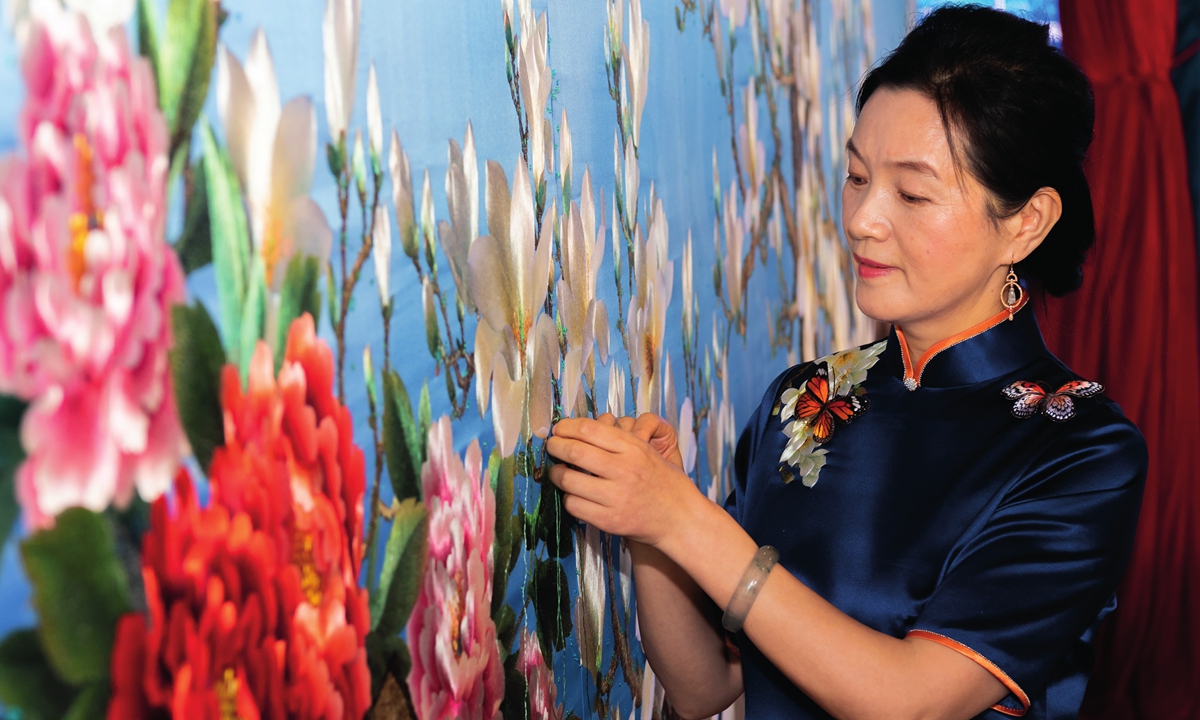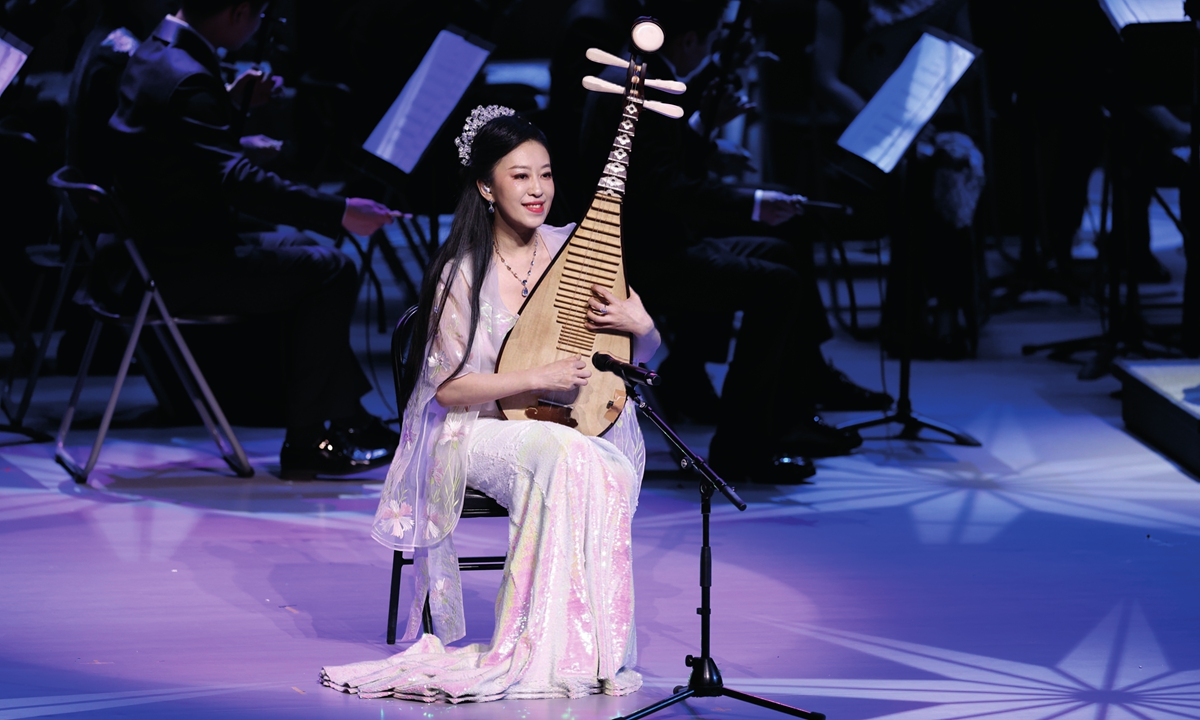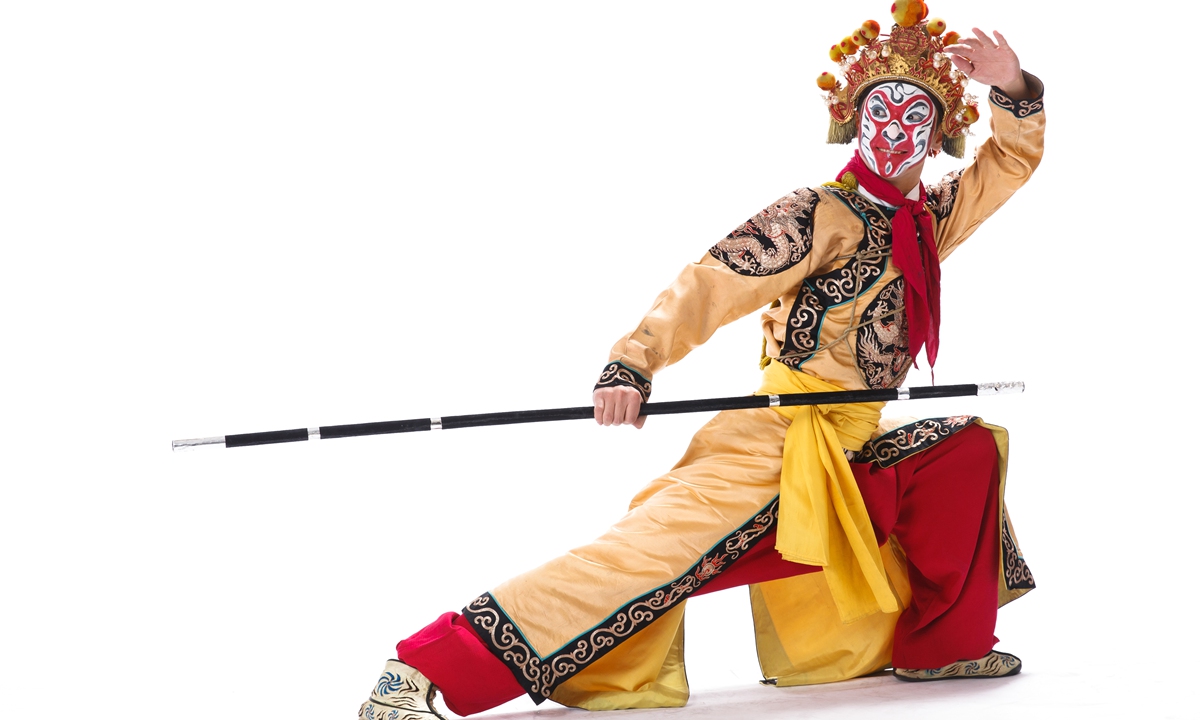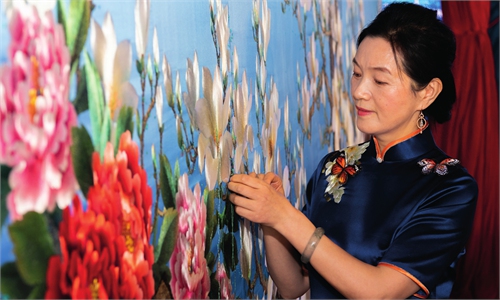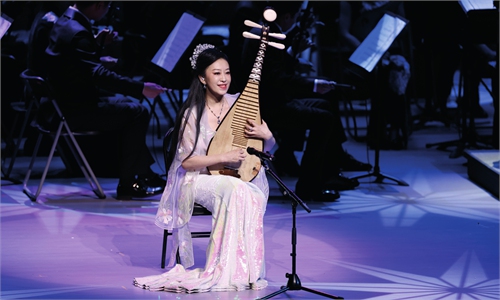ARTS / CULTURE & LEISURE
Shu Yong: Telling Chinese stories through nation’s cultural symbols
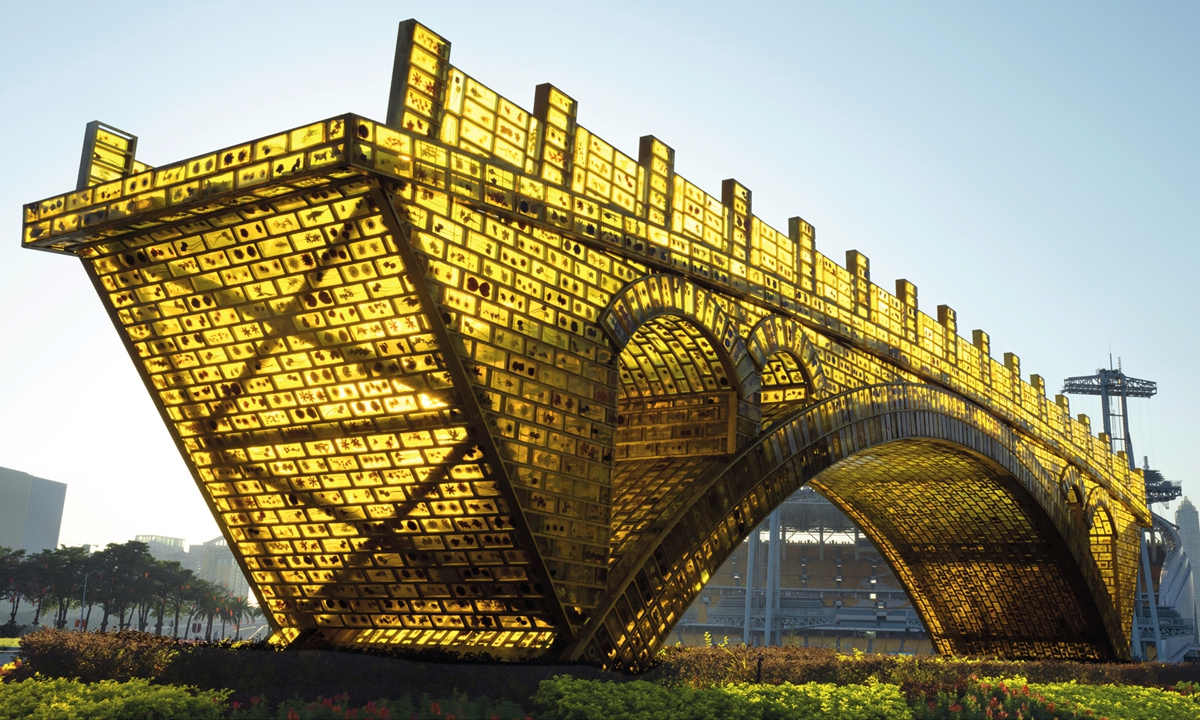
Golden Bridge on the Silk Road by Shu Yong Photo: VCG
Shu Yong is super busy as a new CPPCC National Committee member, and he has submitted three proposals covering topics such as rural revitalization. He hopes to create national cultural symbols that tell Chinese stories about the new era."There is an urgent need for a group of cultural symbols to present a China that is credible, appealing, and respectable," Shu, an artist, told the Global Times.
The year 2023 marks the 10th anniversary of China-initiated Belt and Road Initiative (BRI), which means this is also a good opportunity to tell the world China's stories.
From receiving a Lifetime Achievement Award at the Florence International Art Biennale to participating in the Shanghai World Expo, and then representing China at the Venice Biennale, Shu has discovered that cultural symbols are the simplest and most powerful means to tell Chinese stories well.
He said that he is committed to using art to promote the construction of the BRI and trying to get the world to think more deeply about China's development.
Golden Bridge on the Silk Road, an art installation by Shu based on the ancient Zhaozhou Bridge in North China's Hebei Province, conveys a message of a global community with a shared future.
It has been widely regarded as a cultural symbol of the BRI. It has been a core art installation at high-level events like the Milan Expo in 2015 and the Belt and Road Forum in Beijing in 2017.
"It is composed of nearly 20,000 amber bricks embedded with the national or city flowers of 53 countries and 94 cities involved in the BRI, representing building a bridge of peaceful development in the gardens of the world. It expresses China's good will and commitment to the common prosperity and development of all countries in the world," Shu said.
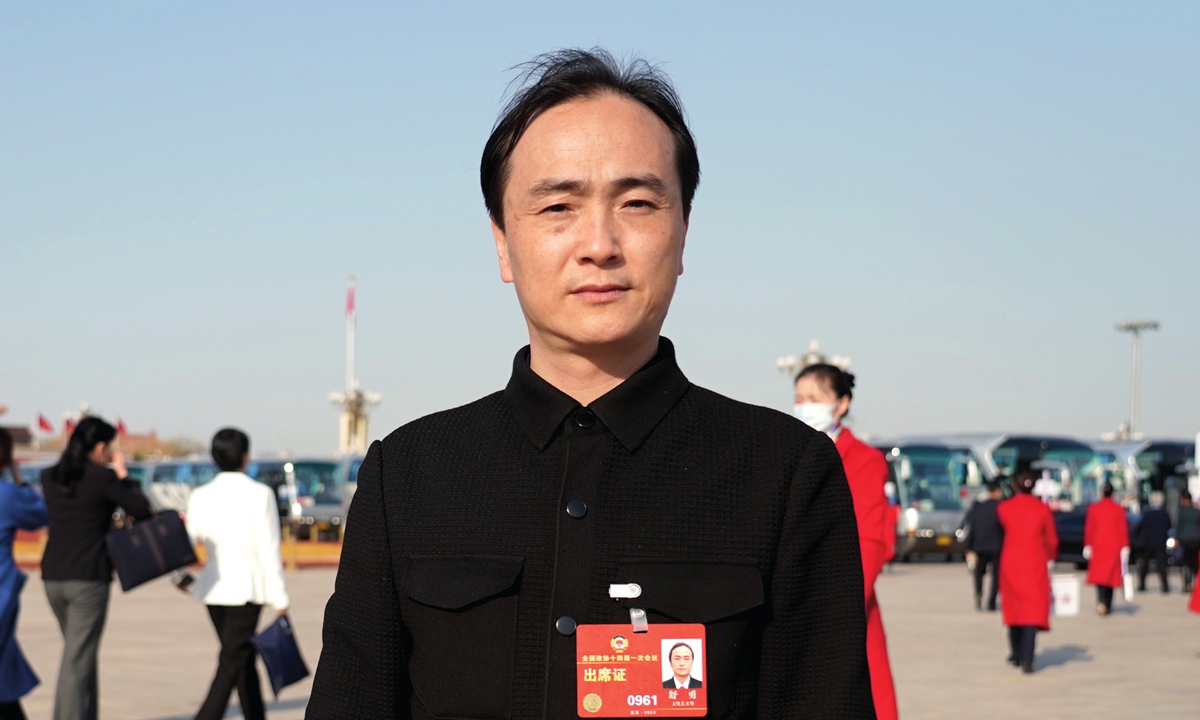
Shu Yong Photo: VCG
Shu once took hundreds of famous symbols representing Chinese culture - like the Palace Museum, tai chi, and giant pandas - to Times Square in New York to conduct a survey and found that few Chinese symbols were recognized there.However, he noticed that US cultural symbols like Starbucks and Superman are commonly seen around the world.
This is the result of the US promoting its values by exporting cultural symbols to the world in various ways.
"China also needs carriers and symbols to convey our values to the world," said Shu, as human beings rely on symbols to understand the world. Countries use symbols to express ideas, spread culture and pass on their civilization.
He not only encourages designers and artists to use these cultural symbols in people's daily life such as in parks, but also recommend that high-level national events be used as platforms to "promote national cultural symbols and allow the world to get to know them."
In Shu's eyes, his Golden Bridge on the Silk Road, the popular dance drama A Thousand Li of Rivers and Mountains and landmark buildings like Beijing Daxing International Airport and the Bird's Nest stadium can be seen as Chinese cultural symbols in the country's new era.
"Our 5,000-year-old Chinese civilization is a treasure house of cultural symbols," he said. "What we need to do is rediscover them in the new era and explore their value in modern times."

